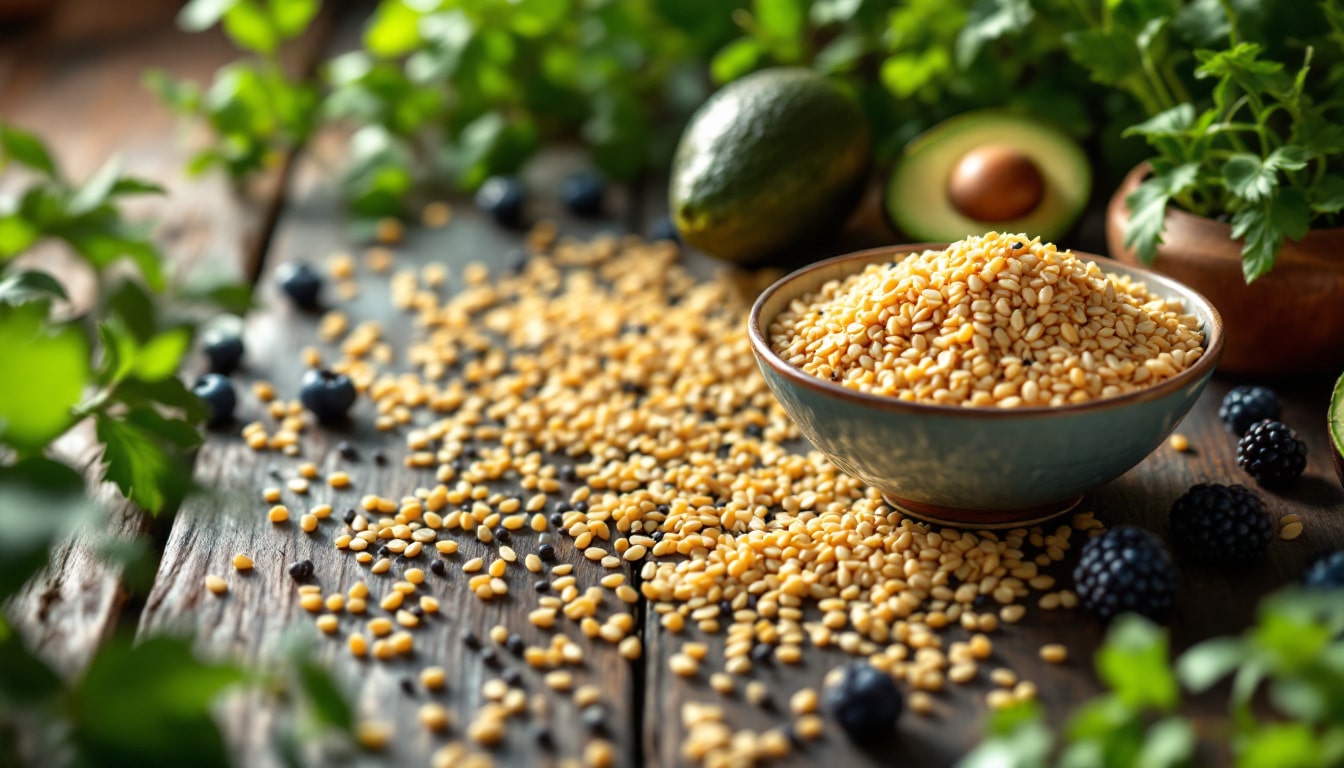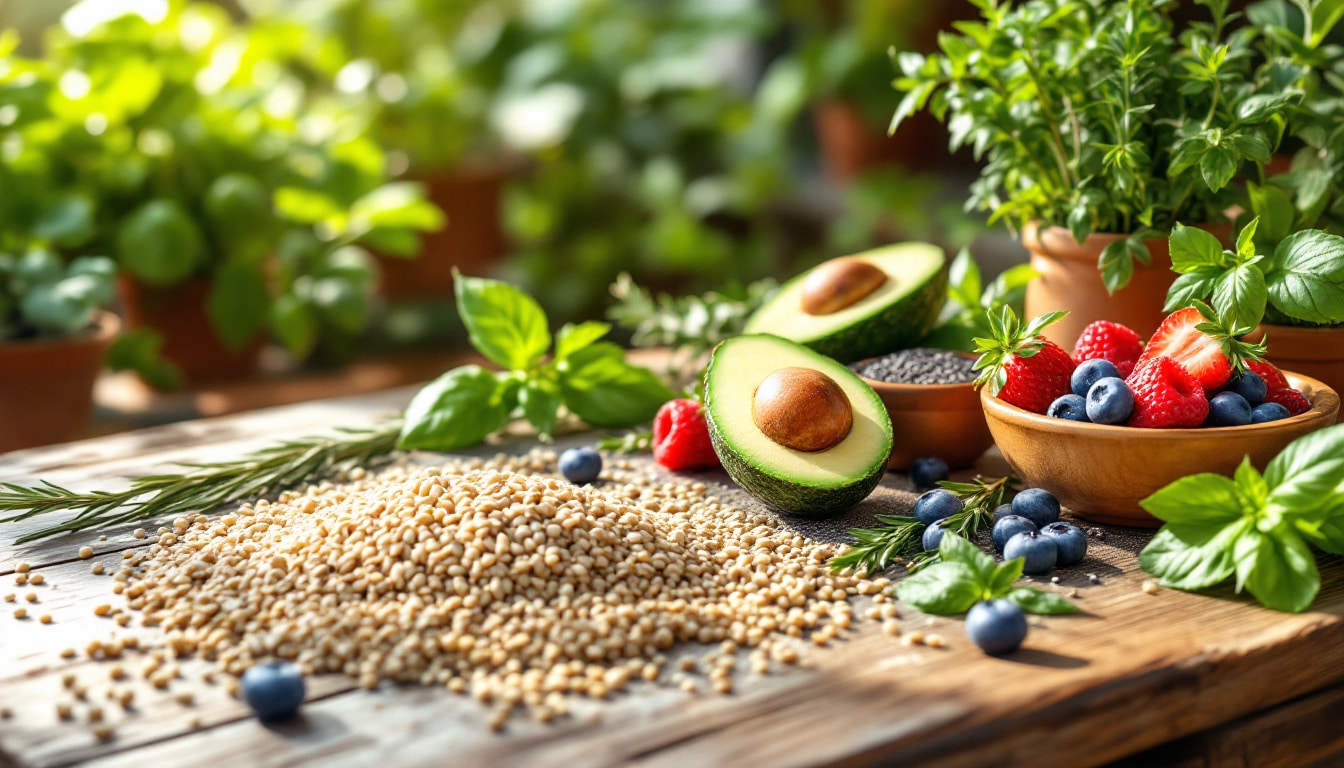Imagine a tiny powerhouse packed with nutrients that could transform your health overnight. Sounds too good to be true, right? The buzz surrounding superfoods has skyrocketed, leaving many wondering if these nutritional wonders can truly elevate their wellness game. But what exactly are superfoods? Often hailed for their potential health benefits and disease prevention properties, these foods are generally high in vitamins, minerals, and antioxidants, making them seem like silver bullets in the realm of nutrition. Yet, as the hype continues to grow, it’s essential to sift through the myth from reality.
The truth is that while superfoods can undoubtedly enrich your diet, they are not a magical solution. No single food can replace the balance and diversity essential for a healthy lifestyle. Relying solely on them may lead to nutritional gaps. Enriching your meals with these nutrient-dense foods is beneficial, but the focus should always remain on a comprehensive diet combined with regular exercise. Dive into the fascinating world of superfoods to discover which ones genuinely deserve their superstar status and how to incorporate them wisely into your daily routine!

In the realm of health and nutrition, the term superfood has created quite a stir. But what does it really mean? Are these foods truly as beneficial as they’ve been marketed? Today, we dive into the truth about superfoods, examining their nutritional benefits, potential pitfalls, and how to incorporate them wisely into your diet.
Table of Contents
ToggleWhat are Superfoods?
Superfoods are often labeled as nutrient-dense foods that offer extraordinary health benefits. They are typically packed with vitamins, minerals, and antioxidants, which can contribute to disease prevention. However, the reality is that most foods can lead to a healthy diet when consumed as part of a balanced nutrition plan. As noted by health experts, the title of “superfood” is often more of a marketing term than a scientific one, adding to the confusion surrounding them.
For instance, items often dubbed superfoods include kale, blueberries, and quinoa, all of which are indeed full of nutrients. However, research shows that no single food can provide all the nutrients your body needs. Rather, a diverse and balanced diet comprised of various fruits, vegetables, whole grains, and proteins is essential.
Scientific Data and Perspectives on Superfoods
According to recent data, the demand for superfoods has surged, contributing to a multi-billion dollar market. This rising interest is consumer-driven, often due to the catchy titles and claims of extraordinary health benefits that accompany these foods. It is crucial to scrutinize these claims to understand what benefits are scientifically proven versus potential exaggerations.
A study published in the Journal of Nutrition assessed the antioxidant levels in various foods. While a few foods, such as acai berries and pomegranates, showed significantly higher antioxidant capabilities, many common vegetables, like carrots and broccoli, also exhibited substantial health benefits. This raises the question of whether the classification of foods as superfoods is misleading. What might be deemed “super” in one context may simply be nutritious in another.
Furthermore, many superfoods are touted for their capacity to combat chronic diseases. However, it is essential to note that no single food has the power to eliminate health issues; preventing chronic diseases relies on an overall lifestyle change, including a balanced diet, regular exercise, and adequate sleep. Citing the research from the Cleveland Clinic, a diet rich in whole foods rather than relying solely on specific superfoods yields better long-term health results.
Practical Recommendations: How to Integrate Superfoods into Your Diet
So, how should you navigate the world of superfoods to ensure you’re making the most of your dietary choices? Here are some practical recommendations and strategies:
- Diversity is Key: Instead of simply labeling certain foods as super, focus on a diverse diet that includes a wide range of colorful fruits and vegetables. Including a variety of foods covers a broad spectrum of nutrients.
- Portion Control: While superfoods are often touted as being “lower in calories”, moderation is essential. Overconsumption of any food, regardless of its classification, can lead to nutrient imbalances.
- Quality over Hype: Choose whole, nutrient-dense foods from reputable sources. Be wary of supplements that claim superfood status; they may not provide the predictable benefits that whole foods do.
- Be Skeptical of Claims: Look at scientific evidence backing the health claims associated with superfoods. For instance, consider reading articles such as those from The Guardian that analyze these claims critically.
- Explore Blue Zones: Research the dietary habits of communities in Blue Zones—areas where people live considerably longer than average. Often, the diet is rich in whole foods rather than specific ‘super’ options, highlighting the importance of a balanced approach.
Overall, while certain foods may provide health benefits, relying solely on the notion of superfoods can lead to an unbalanced perspective on healthy eating. As you embark on your journey to enhance health and wellness, consider that the “super” in superfoods might just mean incorporating a little extra color and nutrition into your meals.
For those looking to further enhance their diet with natural options, check out natural food supplements. These can complement a balanced diet and provide additional nutrients that some individuals may lack.
Superfoods can be a component of your diet but should never be seen as the only answer to health and wellness. Embrace the rich array of options available to you and let your plate be a canvas of vibrant, nutritious choices!






